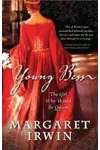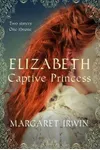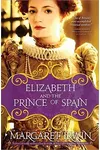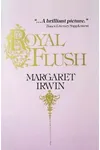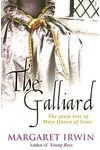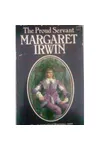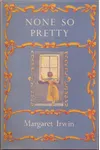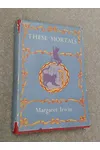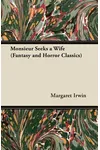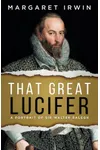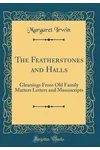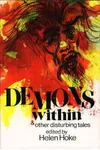Picture a British storyteller who spun the Elizabethan era into vibrant, page-turning tales—meet Margaret Irwin! Born in 1889, this historical novelist brought figures like Queen Elizabeth I and Sir Walter Raleigh to life with meticulous research and a flair for drama. Her novels, like the beloved Young Bess, didn’t just entertain; they invited readers to stroll through history’s grand halls.
Irwin’s knack for blending fact with fiction made her a standout in 20th-century literature. From royal courts to ghostly mysteries, her stories captivated readers and even inspired a Hollywood film. Ready to dive into her world? Let’s explore the life, works, and lasting charm of Margaret Irwin!
The Making of Margaret Irwin
Born on March 27, 1889, in London’s Highgate Hill, Margaret Emma Faith Irwin grew up in a world shaped by loss and learning. Orphaned young, she was raised by her uncle, a Classics master at Clifton College, and attended Clifton High School in Bristol. Her Oxford University education in English honed her love for storytelling, and by her early twenties, she was penning short stories and novels. In 1929, she married John Robert Monsell, a children’s author and illustrator who later designed covers for her books, adding a personal touch to her literary journey.
Margaret Irwin’s Unforgettable Stories
Irwin’s historical novels are celebrated for their vivid detail and emotional depth, particularly her focus on the Elizabethan and Stuart eras. Her trilogy about Queen Elizabeth I—Young Bess (1944), Elizabeth, Captive Princess (1948), and Elizabeth and the Prince of Spain (1953)—is a masterpiece. Young Bess, which traces Elizabeth’s turbulent youth, was adapted into a 1953 film starring Jean Simmons, bringing Irwin’s vision to the silver screen.
Beyond historical fiction, Irwin dabbled in fantasy and the supernatural. Still She Wished for Company (1924) is a haunting time-slip tale set in 1779, while These Mortals (1925) explores a mythical kingdom through the eyes of an enchanter’s daughter. Her ghost stories, like “The Book” and “The Earlier Service,” collected in Madame Fears the Dark (1935), blend eerie atmospheres with sharp social commentary. Irwin’s prose, often compared to Virginia Woolf’s for its elegance, wove humor, pathos, and historical accuracy into every page.
Her passion for the English Civil War shone in works like The Proud Servant (1934), which immortalized the charismatic Earl of Montrose. Whether depicting royal intrigue or spectral chills, Irwin’s ability to humanize historical figures and craft immersive worlds set her apart.
Why Margaret Irwin Matters
Margaret Irwin’s legacy lies in her ability to make history accessible and thrilling. Her novels didn’t just recount events; they captured the heartbeats of their characters, from queens to soldiers. Her Elizabeth trilogy inspired readers to explore Tudor history, while her fantasy works added a magical layer to her repertoire. As a noted authority on the Elizabethan era, her biography That Great Lucifer: A Portrait of Sir Walter Raleigh (1960) showcased her scholarly depth.
Irwin’s influence endures in the way historical fiction balances entertainment and education. Her stories, rich with romance and rebellion, continue to resonate with readers who crave a glimpse into the past through a storyteller’s lens.
- Birth Date: March 27, 1889
- Key Works: Young Bess, Still She Wished for Company, The Proud Servant
- Notable Achievement: Young Bess adapted into a 1953 film
Snag Young Bess or Still She Wished for Company and dive into Margaret Irwin’s enchanting blend of history and mystery! Her tales are a time machine to eras brimming with intrigue—perfect for any book lover’s shelf.
